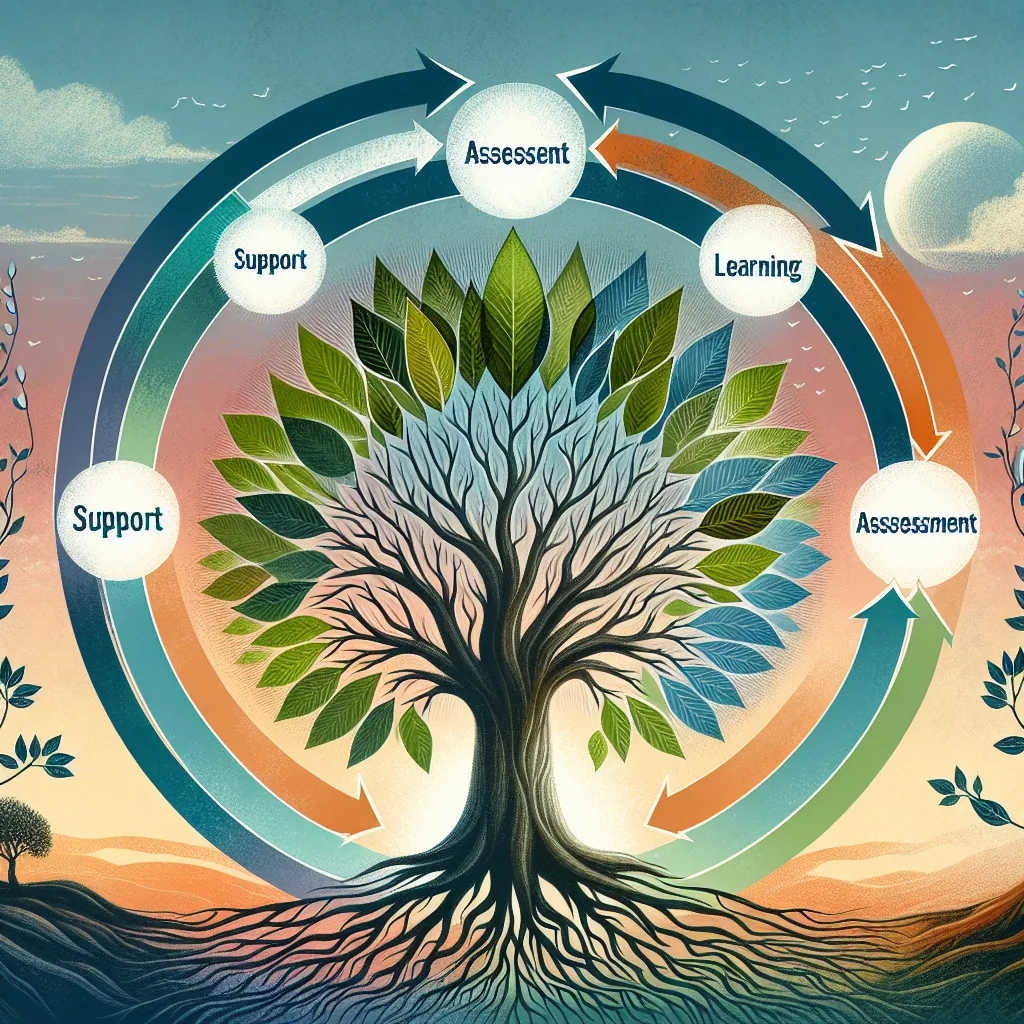Ask AI on The Internet
Question: According to the SIAS (2015) document published by DBE, using differentiated assessment is crucial as an educator gets to know his/her learners and their different learning abilities. The goal is to meet learners where they are and to help them progress to the next step in their learning. Thus, it is a cyclical process: assessment and instruction inform each other. Give examples on how you would implement this in your learning area (2)
Example 1: Differentiated Reading Groups in Language Arts As an English teacher, I could implement differentiated assessment through utilizing leveled reading groups. On the basis of preliminary assessments, which could consist of reading comprehension tests, I would form reading groups that consist of learners with similar reading abilities. Each group would then receive a reading assignment that is appropriate for its skill level, tailored to the students' needs and challenges. In each group, learners would carry out group discussions, vocabulary explorations, and analysis activities, all suited to their reading level. Continuous assessments would be made throughout this process, observing their group participation and analyzing their written assignments. These assessments would inform my instruction, showing me where particular learners are struggling and what concepts need a more robust review. Example 2: Tiered Assignments in Mathematics As a mathematics educator, I may use differentiated assessment by providing tiered assignments to meet students at varying levels of understanding and skill. For instance, I might create three versions of a math task, each increasing in complexity and depth. The first tier could implement basic application of the concept, the second tier could include more complex application and the third tier could incorporate problem-solving and higher-order thinking skills related to the concept. Each student would start at the tier that matches their current understanding of the concept, based on prior assessments. The student's success and struggles with their tiered assignment would inform my future instruction, helping to determine whether they are ready to move on to more complex applications or if they need further instruction and practice on the current level of concept understanding.
A new large language model has been made available since this question was asked.
To generate an updated answer from the new model, click the button below.
Think your answer is better than the AI's? Post it below.
Other Most Relevant Posts:
 Interventions for a Student with ADHD: Strategies for Academic Success in Mathematics
1. Implementing a reward system: Design a points-based reward system where Peter earns points for completing task
Interventions for a Student with ADHD: Strategies for Academic Success in Mathematics
1. Implementing a reward system: Design a points-based reward system where Peter earns points for completing task
Question Tags
If you want your question answered by an AI, click here.






Post your own comment: